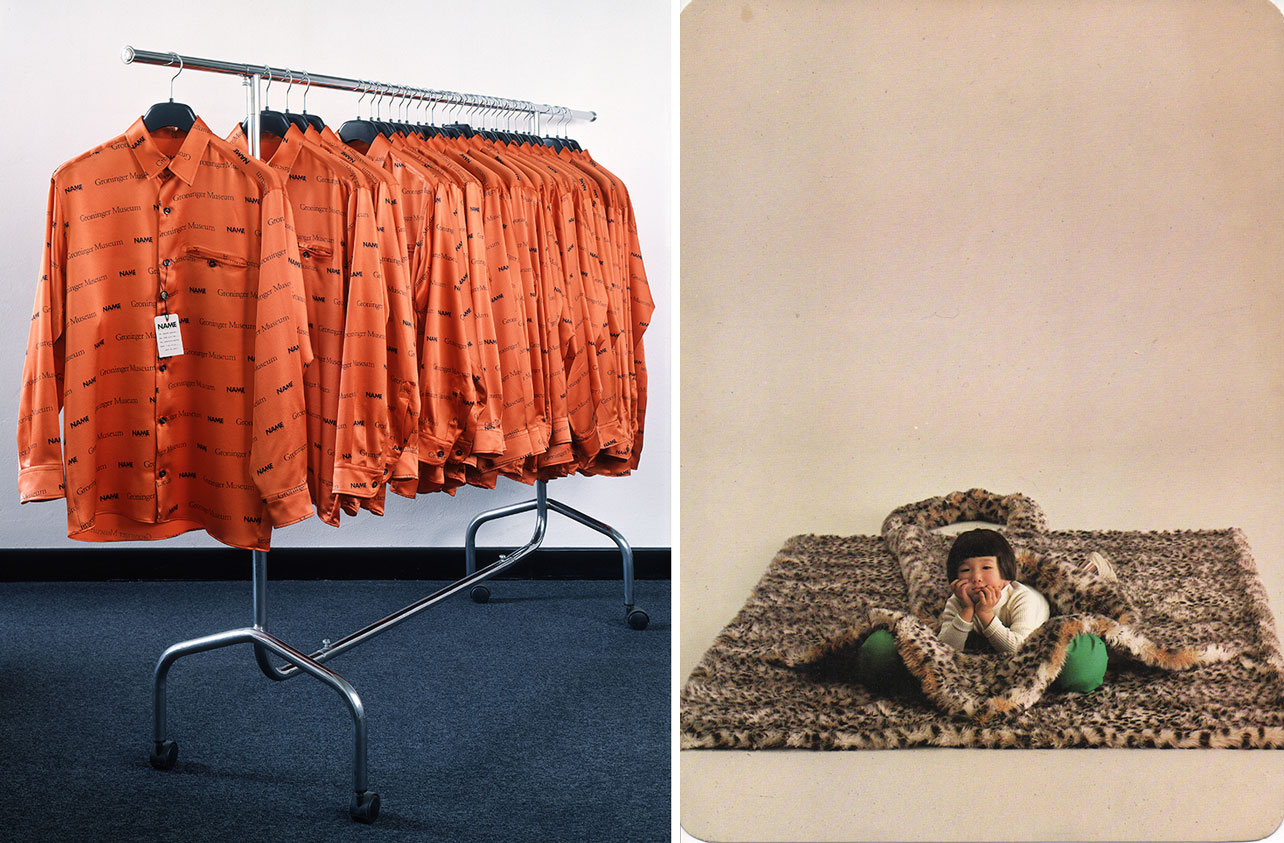ART-TRIBUTE:Weaving and other Practices… Marion Baruch
 We continue our Tribute with Marion Baruch (1929- ), an artist that through her art addresses social themes and observes inner worlds and outer spaces. It is possible to outline the caesurae of the 20th century by referencing her life and career, Romania, Israel, Italy, Great Britain and France: fascism, communism, capitalism, feminism, pacifism, migration, social classes, nations, religions, language communities, political ideologies.
We continue our Tribute with Marion Baruch (1929- ), an artist that through her art addresses social themes and observes inner worlds and outer spaces. It is possible to outline the caesurae of the 20th century by referencing her life and career, Romania, Israel, Italy, Great Britain and France: fascism, communism, capitalism, feminism, pacifism, migration, social classes, nations, religions, language communities, political ideologies.
By Efi Michalarou
 Marion Baruch was born in Timişoara, Romania, in 1929, and initially studied art in Bucharest. In 1949 she was offered the opportunity to study in Jerusalem under the aforementioned Bauhaus student of Klee, Mordecai Ardon. A well-received show in Tel Aviv led to a scholarship to the Accademia di Belle Arti in Rome in 1954, where her painting cycled—as would become her wont—through numerous evolutions. During the 1960s she gravitated to abstraction, and by the turn of the decade she had transitioned out of painting for her fabric works. Toward the end of the 1960s she began making large-scale outdoor sculptures. At the same time, she was finding other ways of expressing the idea of a sculpture that might be activated by a body. Beginning in 1969, and in collaboration with the Italian designer and architect A. G. Franzoni, she made several wearable fabric works entitled “Abito-Contenitore”, which, depending on how they were sported, might resemble a religious habit, a tombstone, or a living abstraction. Also with Franzoni, Baruch created “Contentinore-Ambiente” (ca. 1969), a Plexiglas sphere big enough for a human figure to fit inside and roll about within. In the later 1970s and 1980s, Baruch’s life and curiosity took her to other places, new aesthetics. She spent time in Milton Keynes, the British “new town” from whence she’d travel into London, to Kenwood House in Hampstead, and make miniature copies of a Rembrandt self-portrait. When in 1989 Baruch began collaborating with the bold Milanese gallerist Luciano Inga-Pin, and as a result engaged more directly with the contemporary art market, her response was to transform herself into a business, a company. Registering herself under the name NAME DIFFUSION, a moniker that itself points to the spirit of collaboration and self-decentering within her practice, until circa 2011 Baruch functioned as a “business artist” who straddled art and commerce, pointedly demystifying the former. Baruch moved to Paris in 1993, remaining there until 2000. What came increasingly to the fore there was her determination that art should not be sealed off from the vagaries of sociopolitical life. Some of her NAME DIFFUSION projects, for instance a stand at Art Basel in 1991, involved the inclusion of bolts of monogrammed fabric, signifying the background context that led to finished clothing, and Baruch additionally created neo-Happening situations involving large accumulations of textiles, sometimes allied to philosophical conferences. The textiles encouraged people to lie down, and Baruch found that the resultant discussions were different when the participants were arrayed on a horizontal axis.
Marion Baruch was born in Timişoara, Romania, in 1929, and initially studied art in Bucharest. In 1949 she was offered the opportunity to study in Jerusalem under the aforementioned Bauhaus student of Klee, Mordecai Ardon. A well-received show in Tel Aviv led to a scholarship to the Accademia di Belle Arti in Rome in 1954, where her painting cycled—as would become her wont—through numerous evolutions. During the 1960s she gravitated to abstraction, and by the turn of the decade she had transitioned out of painting for her fabric works. Toward the end of the 1960s she began making large-scale outdoor sculptures. At the same time, she was finding other ways of expressing the idea of a sculpture that might be activated by a body. Beginning in 1969, and in collaboration with the Italian designer and architect A. G. Franzoni, she made several wearable fabric works entitled “Abito-Contenitore”, which, depending on how they were sported, might resemble a religious habit, a tombstone, or a living abstraction. Also with Franzoni, Baruch created “Contentinore-Ambiente” (ca. 1969), a Plexiglas sphere big enough for a human figure to fit inside and roll about within. In the later 1970s and 1980s, Baruch’s life and curiosity took her to other places, new aesthetics. She spent time in Milton Keynes, the British “new town” from whence she’d travel into London, to Kenwood House in Hampstead, and make miniature copies of a Rembrandt self-portrait. When in 1989 Baruch began collaborating with the bold Milanese gallerist Luciano Inga-Pin, and as a result engaged more directly with the contemporary art market, her response was to transform herself into a business, a company. Registering herself under the name NAME DIFFUSION, a moniker that itself points to the spirit of collaboration and self-decentering within her practice, until circa 2011 Baruch functioned as a “business artist” who straddled art and commerce, pointedly demystifying the former. Baruch moved to Paris in 1993, remaining there until 2000. What came increasingly to the fore there was her determination that art should not be sealed off from the vagaries of sociopolitical life. Some of her NAME DIFFUSION projects, for instance a stand at Art Basel in 1991, involved the inclusion of bolts of monogrammed fabric, signifying the background context that led to finished clothing, and Baruch additionally created neo-Happening situations involving large accumulations of textiles, sometimes allied to philosophical conferences. The textiles encouraged people to lie down, and Baruch found that the resultant discussions were different when the participants were arrayed on a horizontal axis.








